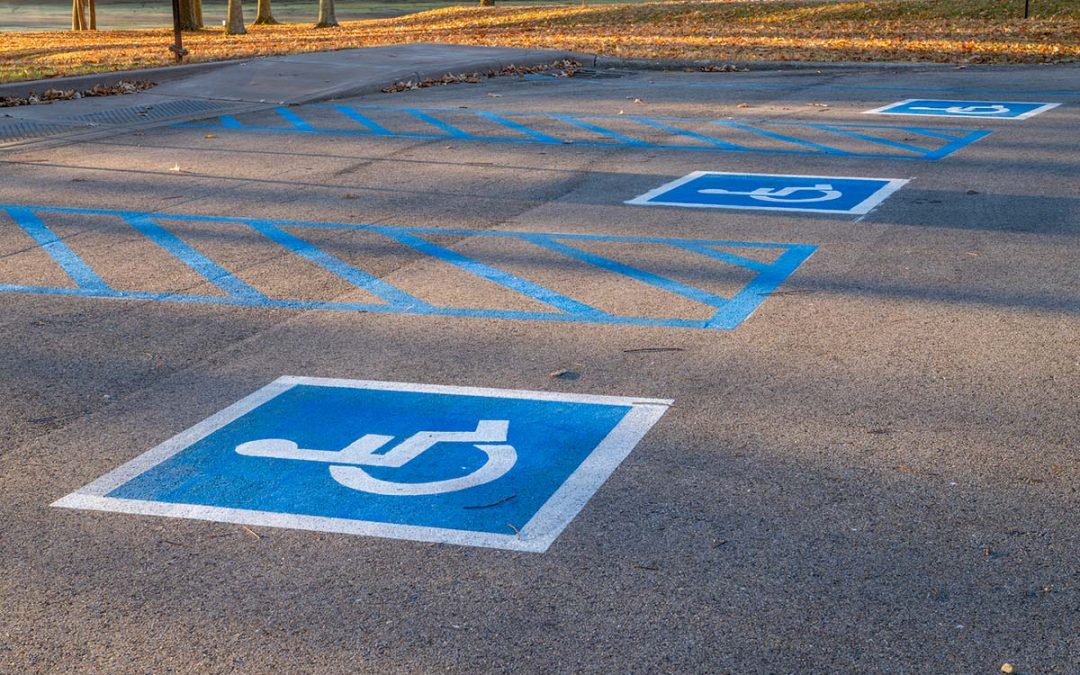Portland International Airport, commonly known as PDX, is a key transportation hub in the Pacific Northwest. As with many modern airports, ensuring accessibility and inclusivity in its parking facilities is a critical aspect of serving all travelers equitably. Pdx Parking infrastructure reflects growing awareness and commitment toward accommodating diverse needs, including those of individuals with disabilities, elderly passengers, and families traveling with children. This article explores the various features and policies that make parking in PDX more accessible and inclusive for all users.
Designing for Disability Access
Accessibility begins with compliance with federal laws such as the Americans with Disabilities Act (ADA), which sets standards for accessible parking spaces. Parking lots in PDX provide a designated number of accessible spaces close to terminal entrances, featuring wider stalls to allow easy entry and exit from vehicles equipped with mobility devices. These spaces are marked with international symbols of accessibility and often have smooth, level surfaces free of obstructions.
Moreover, pathways from parking areas to the terminals include curb cuts, ramps, tactile paving for the visually impaired, and audible signals at pedestrian crossings. The presence of well-maintained elevators and escalators in parking garages further aids travelers with limited mobility. Such infrastructure improvements are essential to ensure safe and convenient movement throughout the airport premises.
Family-Friendly Parking Options
Traveling with children often requires additional considerations, such as extra space for car seats, strollers, and luggage. Recognizing this, some airports including PDX offer family-friendly parking spaces located near entrances to reduce walking distances. These spots are not only closer but may also have additional room around the vehicle to facilitate the loading and unloading of young children and bulky items.
While these areas are designed primarily for families, they also benefit travelers who might require a bit more time and space for preparations before or after a flight. The availability of these spaces highlights an inclusive approach that goes beyond disability access to accommodate a wider range of traveler needs.
Services for Elderly Travelers
Elderly travelers often face challenges related to mobility, vision, and endurance. Parking policies in PDX acknowledge this by providing priority access and clear signage directing senior passengers to suitable parking locations. Shuttle services from remote lots are often equipped to assist older adults with boarding and disembarking.
Additionally, the airport’s customer service personnel are trained to offer assistance to elderly passengers who might need help carrying luggage or navigating from parking areas to the terminal. Such human-centered services complement the physical infrastructure to create a more welcoming environment.
Technology Enhancements to Aid Accessibility
Beyond physical infrastructure, technology plays an increasing role in improving accessibility. Many airports, including PDX, have implemented mobile apps and online platforms that allow travelers to check real-time parking availability, reserve accessible spots in advance, and make contactless payments. This reduces uncertainty and waiting times for those with mobility limitations.
Some parking garages also utilize automated guidance systems that direct drivers to the nearest available parking space, including accessible ones. Enhanced lighting, security cameras, and emergency call buttons further contribute to a safe and comfortable experience for all users, including those who might feel vulnerable in large parking structures.
Ongoing Challenges and Opportunities
Despite significant advancements, challenges remain in achieving full accessibility and inclusivity in Portland International Airport parking. The high demand for accessible spaces, especially during peak travel periods, can sometimes lead to shortages. Additionally, the varying degrees of disability mean that a one-size-fits-all approach is often insufficient.
Future improvements may focus on expanding accessible parking capacity, integrating better wayfinding systems for visually and hearing-impaired travelers, and offering personalized services that cater to specific needs. Collaborations with disability advocacy groups can also help identify gaps and foster continuous improvement.
Conclusion
Accessibility and inclusivity in airport parking are fundamental to creating an equitable travel environment. PDX parking has incorporated various design features, family-friendly accommodations, elder support services, and technological innovations to serve a diverse traveler population. While challenges remain, ongoing efforts to enhance accessibility underscore the airport’s commitment to making travel as seamless and dignified as possible for everyone, regardless of their physical capabilities or special needs.










